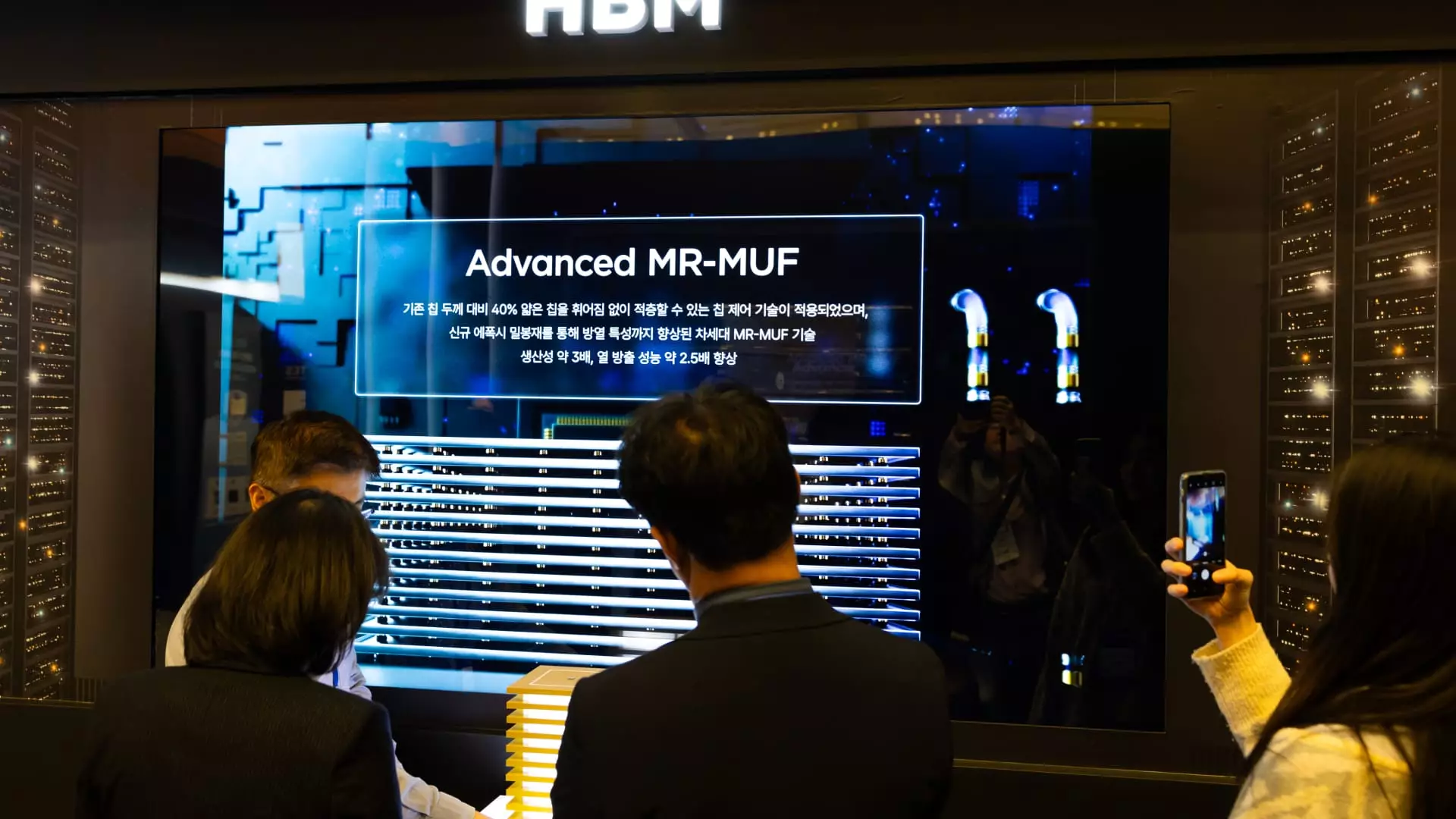On Tuesday, South Korea boldly announced a massive support package amounting to 33 trillion won (approximately $23.25 billion) for its semiconductor sector. This groundbreaking investment comes at a crucial moment as the U.S. government, led by a volatility-prone administration, hints at potential tariff measures that could deeply impact South Korean chipmakers. The moment reflects not just a defensive posture but a strategic maneuver that may redefine the global semiconductor landscape.
The backdrop of this financial support is fraught with tension and unpredictability. Reports indicate that former U.S. President Donald Trump intends to unveil new tariffs on imported semiconductors while simultaneously probing the entire electronics supply chain for national security risks. This fear-mongering tactic raises questions about the American commitment to free trade principles, especially as it weaponizes trade against countries like South Korea that are pivotal to global supply chains.
Investing in the Future: Beyond Immediate Gains
South Korea’s response is commendable and multifaceted, showcasing the nation’s commitment to maintaining its competitive edge in an increasingly hostile climate. With nearly a quarter more allocated than last year, this funding is not merely financial padding; it represents a long-term vision for innovation and sustainability within the semiconductor industry.
A significant portion of the support will focus on improvements in infrastructure. By subsidizing underground power transmission lines and boosting funding for industrial complexes, South Korea is ensuring that its semiconductor ecosystem thrives with state-of-the-art capabilities. The government is also prioritizing training and educational advancements, a move that emphasizes a forward-thinking approach essential to nurturing talent. Investing in both local and global talent through joint research programs indicates an awareness that collaboration is vital for innovation.
The Impact on Global Trade Dynamics
As the world’s top semiconductor players, including Samsung Electronics and SK Hynix, South Korea’s success is intricately tied to its export economy. In 2024, exports of semiconductors alone constituted over 20% of the country’s total exports, amounting to a staggering $141.9 billion. The anticipated tariffs from the U.S. are not just a concern for South Korean businesses; they pose a significant question mark over global trade dynamics.
Consider the ripple effects: countries with intertwined economies may begin to adopt more protective measures in their respective industries to ward off similar threats. Markets already reflect a mild response, evident in the Kospi index’s slight uptick after the announcement, suggesting investor confidence in South Korea’s resilience. However, this could quickly deteriorate if trade policies become excessively punitive.
A Defiant Message from Seoul
In light of these developments, the acting South Korean president Han Duck-soo’s acknowledgment of Trump’s tariff discussions signifies a readiness to engage. This willingness to negotiate, however, must be accompanied by a firm stance against punitive measures that threaten to undermine international cooperation and economic progress.
In a world increasingly defined by zero-sum games, South Korea’s strategic investment in its semiconductor industry sends a powerful message: it will not succumb easily to external pressures. This determination may not only help secure its own economic future but can inspire other nations facing similar challenges to adopt audacious policies that protect their interests while fostering global collaboration.


Leave a Reply